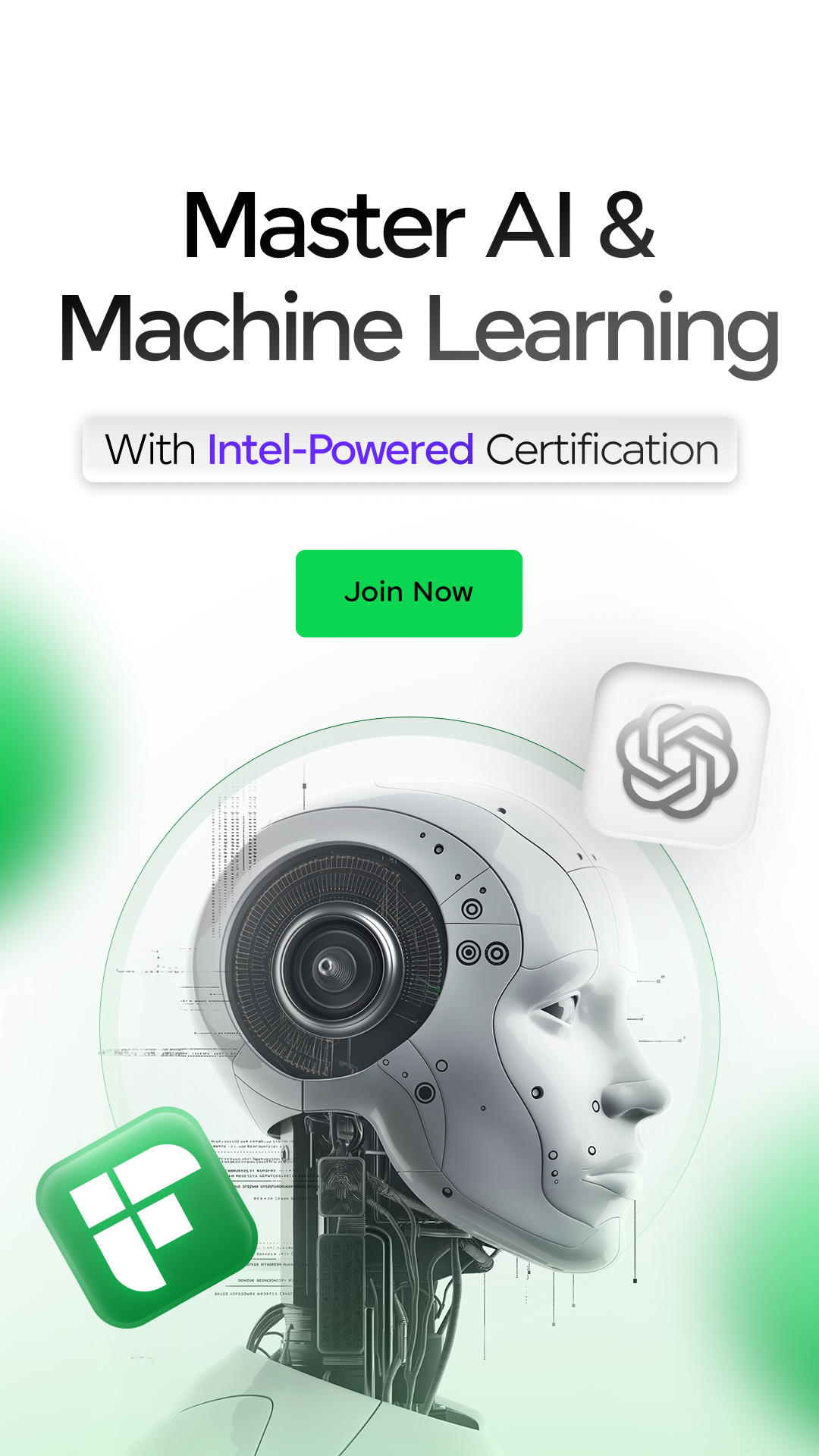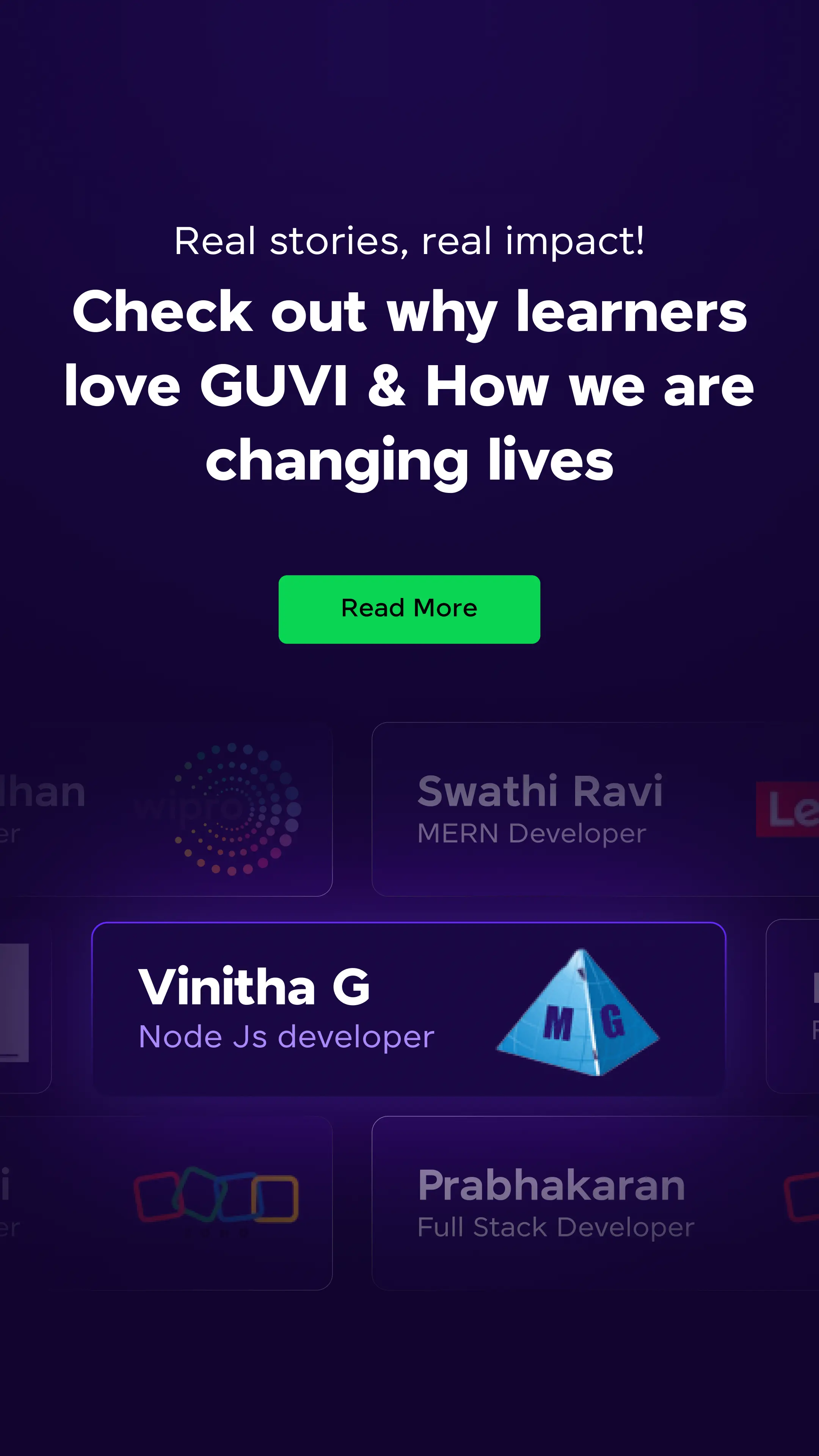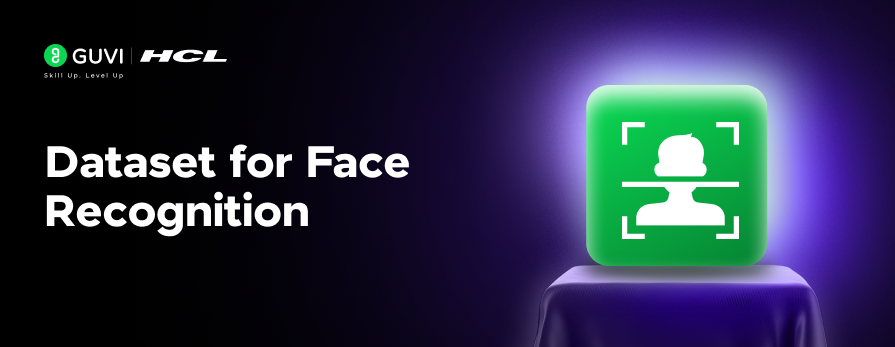
10 Incredible PyTorch Project Ideas [With Source Code]
Aug 04, 2025 4 Min Read 10628 Views
(Last Updated)
PyTorch can take your coding skills to the next level, but how to practice and master it? If you’re familiar with the basics of PyTorch and are ready to dive into hands-on projects, this list of PyTorch project ideas will inspire and challenge you!
These PyTorch project ideas will offer you practical learning experiences with real-world applications.
In this article, we’ll explore some incredible PyTorch project ideas that will help you deepen your understanding of PyTorch while gaining valuable skills in areas like deep learning, computer vision, and natural language processing. Let’s get started!
Table of contents
- Top 10 PyTorch Project Ideas
- AI-Powered Poetry Generation with Emotions
- Smart Music Playlist Generation Based on User Mood
- AI for Plant Disease Detection and Severity Analysis
- Visual Storytelling AI for Generating Captions and Narratives
- AI-Powered Personalized Fitness Coach
- AI Model for Predicting Startup Success
- Medical Image Segmentation for Organ Localization
- AI for Emotion Recognition from Video Conversations
- Creating a Personalized Meal Recommendation System Based on Health Data
- AI for Autonomous Drone Navigation
- Conclusion
- FAQs
- What are the easy PyTorch project ideas for beginners?
- Why are PyTorch projects important for beginners?
- What skills can beginners learn from PyTorch projects?
- Which PyTorch project is recommended for someone with no prior programming experience?
- How long does it typically take to complete a beginner-level PyTorch project?
Top 10 PyTorch Project Ideas
![10 Incredible PyTorch Project Ideas [With Source Code] 1 PyTorch Project Ideas](https://www.guvi.in/blog/wp-content/uploads/2024/11/1-8.png)
These PyTorch project ideas are designed to give you a comprehensive understanding of how it works, the technology stack required, and the learning outcomes of each project. Here’s a comprehensive list of the top 10 PyTorch project ideas.
1. AI-Powered Poetry Generation with Emotions
![10 Incredible PyTorch Project Ideas [With Source Code] 2 AI-Powered Poetry Generation with Emotions](https://www.guvi.in/blog/wp-content/uploads/2024/11/2-8.png)
Develop a poetry-generating AI that produces verse based on specified emotional tones. This project involves training a text generation model on a poetry dataset and adjusting the model to generate poems that reflect emotions like joy, sadness, or anger.
Project Complexity: Advanced
Learning Outcomes: You’ll learn conditional text generation, embedding layers for emotions, and fine-tuning generative models.
Time Taken: 20-25 hours
Libraries and Tools: Deep Learning with PyTorch, Hugging Face Transformers
Real-world Applications: Can be used in creative writing tools, content personalization, or emotional storytelling for interactive media.
Source Code: Poetry Generation with Emotions
2. Smart Music Playlist Generation Based on User Mood
![10 Incredible PyTorch Project Ideas [With Source Code] 3 Smart Music Playlist Generation Based on User Mood](https://www.guvi.in/blog/wp-content/uploads/2024/11/3-8.png)
Create an AI-driven music recommendation system that generates playlists based on the user’s mood by analyzing audio signals.
This project uses a CNN model to extract features from audio files and train a classifier to connect audio features with mood tags.
Project Complexity: Advanced
Learning Outcomes: Learn about audio signal processing, deep learning-based feature extraction, and music classification.
Time Taken: 18-22 hours
Libraries and Tools: PyTorch, librosa, OpenAI’s Jukebox
Real-world Applications: Personalized music recommendation in streaming services, mood-based playlists, and emotion-driven content curation.
Source Code: Smart Music Playlist Generation
3. AI for Plant Disease Detection and Severity Analysis
![10 Incredible PyTorch Project Ideas [With Source Code] 4 AI for Plant Disease Detection and Severity Analysis](https://www.guvi.in/blog/wp-content/uploads/2024/11/4-8.png)
Train a model to detect plant diseases by analyzing leaf images and predicting the infection severity. This project combines convolutional neural networks and image segmentation to accurately identify various plant diseases.
Project Complexity: Advanced
Learning Outcomes: Image segmentation, using CNNs for complex classification, and the impact of precision agriculture on productivity.
Time Taken: 20-25 hours
Libraries and Tools: PyTorch, TorchVision, OpenCV
Real-world Applications: Useful in precision farming, automated crop monitoring, and sustainable agriculture practices.
Source Code: Plant Disease Detection and Severity Analysis
4. Visual Storytelling AI for Generating Captions and Narratives
![10 Incredible PyTorch Project Ideas [With Source Code] 5 Visual Storytelling AI for Generating Captions and Narratives](https://www.guvi.in/blog/wp-content/uploads/2024/11/5-8.png)
Build an AI that generates captions and narratives based on a series of images, telling a visual story. This project requires using PyTorch for a model that combines image classification with sequence generation.
Project Complexity: Advanced
Learning Outcomes: Understanding image captioning, attention mechanisms, and sequential data processing for narrative generation.
Time Taken: 20-30 hours
Libraries and Tools: PyTorch, OpenCV, Hugging Face Transformers
Real-world Applications: Storyboarding, media production, and assisting visually impaired users with image descriptions.
Source Code: Visual Storytelling AI for Generating Captions
5. AI-Powered Personalized Fitness Coach
![10 Incredible PyTorch Project Ideas [With Source Code] 6 AI-Powered Personalized Fitness Coach](https://www.guvi.in/blog/wp-content/uploads/2024/11/6-8.png)
This project uses pose estimation models in PyTorch to provide real-time feedback on exercise posture and form. Analyze user movements and compare them to the ideal posture for each exercise to deliver corrective feedback.
Project Complexity: Advanced
Learning Outcomes: Pose estimation, video analysis, and real-time feedback generation.
Time Taken: 25-30 hours
Libraries and Tools: PyTorch, OpenPose, OpenCV
Real-world Applications: Personal training apps, rehabilitation assistance, and virtual workout guides.
Source Code: AI-Powered Personalized Fitness Coach
6. AI Model for Predicting Startup Success
![10 Incredible PyTorch Project Ideas [With Source Code] 7 AI Model for Predicting Startup Success](https://www.guvi.in/blog/wp-content/uploads/2024/11/7-7.png)
This project involves building a model that predicts the likelihood of a new startup’s success by analyzing its specifications. With PyTorch, you can use a combination of text, image data, and customer feedback to develop a multi-modal prediction model.
Project Complexity: Expert
Learning Outcomes: Multi-modal data processing, text and image embeddings, feature importance analysis.
Time Taken: 30-35 hours
Libraries and Tools: PyTorch, Hugging Face Transformers, OpenCV
Real-world Applications: Market research, e-commerce, and new product development.
Source Code: AI Model for Predicting Startup Success
7. Medical Image Segmentation for Organ Localization
![10 Incredible PyTorch Project Ideas [With Source Code] 8 Medical Image Segmentation for Organ Localization](https://www.guvi.in/blog/wp-content/uploads/2024/11/8-8.png)
Create a PyTorch model capable of segmenting and labeling different organs in medical imaging (e.g., CT scans or MRI). This project is challenging but provides practical experience in healthcare-related AI applications.
Project Complexity: Expert
Learning Outcomes: Semantic segmentation, transfer learning with medical datasets, and model accuracy improvements.
Time Taken: 35-40 hours
Libraries and Tools: PyTorch, MONAI (Medical Open Network for AI), SimpleITK
Real-world Applications: Medical diagnostics, surgical planning, healthcare AI.
Source Code: Medical Image Segmentation
8. AI for Emotion Recognition from Video Conversations
![10 Incredible PyTorch Project Ideas [With Source Code] 9 AI for Emotion Recognition from Video Conversations](https://www.guvi.in/blog/wp-content/uploads/2024/11/9-8.png)
Build an AI model that can detect emotions from video clips of people talking, analyzing both their facial expressions and voice tones. This involves video processing and speech analysis in PyTorch.
Project Complexity: Expert
Learning Outcomes: Multi-modal data analysis, emotion detection, video, and audio preprocessing.
Time Taken: 30-35 hours
Libraries and Tools: PyTorch, OpenCV, librosa
Real-world Applications: Human-computer interaction, customer service automation, therapy tools.
Source Code: Emotion Recognition from Video Conversations
9. Creating a Personalized Meal Recommendation System Based on Health Data
![10 Incredible PyTorch Project Ideas [With Source Code] 10 Creating a Personalized Meal Recommendation System Based on Health Data](https://www.guvi.in/blog/wp-content/uploads/2024/11/10-11.png)
Develop an AI that recommends meals based on user health data, dietary preferences, and past habits. Use PyTorch to build a recommendation engine that combines health tracking and user preferences.
Project Complexity: Advanced
Learning Outcomes: Recommendation systems, data personalization, integration of health metrics.
Time Taken: 20-25 hours
Libraries and Tools: PyTorch, Pandas, Numpy
Real-world Applications: Health and wellness apps, personalized nutrition coaching.
Source Code: Personalized Meal Recommendation System
10. AI for Autonomous Drone Navigation
![10 Incredible PyTorch Project Ideas [With Source Code] 11 AI for Autonomous Drone Navigation](https://www.guvi.in/blog/wp-content/uploads/2024/11/11-9.png)
Build a deep learning model with PyTorch that helps drones detect and avoid obstacles in real time. This project requires implementing reinforcement learning or advanced object detection methods.
Project Complexity: Expert
Learning Outcomes: Reinforcement learning, real-time object detection, and autonomous navigation.
Time Taken: 40+ hours
Libraries and Tools: PyTorch, DroneSimLab, OpenCV
Real-world Applications: Autonomous delivery, search-and-rescue operations, environmental monitoring.
Source Code: Autonomous Drone Navigation
These PyTorch project ideas give a robust overview of how PyTorch can be applied across various fields, from real-time applications to NLP and healthcare AI. Let me know if you’d like further details on any specific project aspect!
Conclusion
In conclusion, these incredible PyTorch project ideas will deepen your expertise, challenge your skills, and help you stand out as a developer.
By exploring fields like emotion recognition, medical imaging, and autonomous navigation, you’ll not only gain advanced PyTorch skills but also broaden your understanding of AI’s real-world impact.
These projects will not only strengthen your grasp on machine learning but also prepare you for high-impact roles in AI-driven industries.
FAQs
1. What are the easy PyTorch project ideas for beginners?
For beginners, projects like Sentiment Analysis on Text, Simple Image Classification, and Neural Style Transfer are ideal. These projects involve relatively straightforward architectures and offer a gentle introduction to PyTorch basics.
2. Why are PyTorch projects important for beginners?
Working on PyTorch projects is essential because it provides practical experience, reinforces fundamental concepts, and builds confidence in using PyTorch’s dynamic computation graph for real applications, all of which are key for deeper learning.
3. What skills can beginners learn from PyTorch projects?
Beginners can learn foundational skills such as data preprocessing, model building and training, debugging, and visualizing model performance, alongside core PyTorch features like tensors and autograd.
4. Which PyTorch project is recommended for someone with no prior programming experience?
A Sentiment Analysis project or Simple Image Classification on CIFAR-10 is recommended for complete beginners. These projects don’t require advanced coding knowledge and offer a strong foundation in PyTorch basics.
5. How long does it typically take to complete a beginner-level PyTorch project?
Completing a beginner-level PyTorch project generally takes 8-12 hours, depending on the project’s complexity and the learner’s familiarity with programming and machine learning concepts.





























Did you enjoy this article?